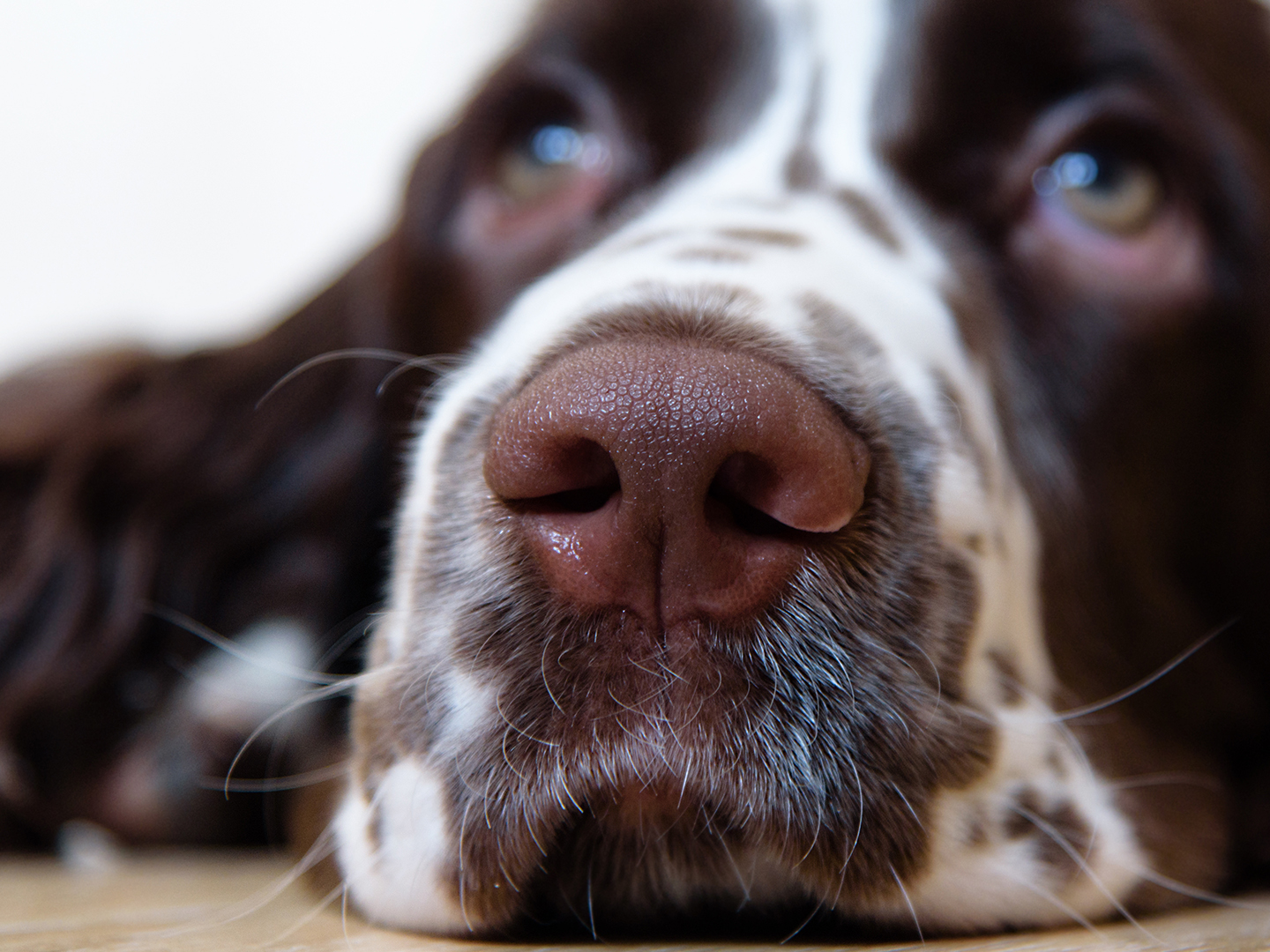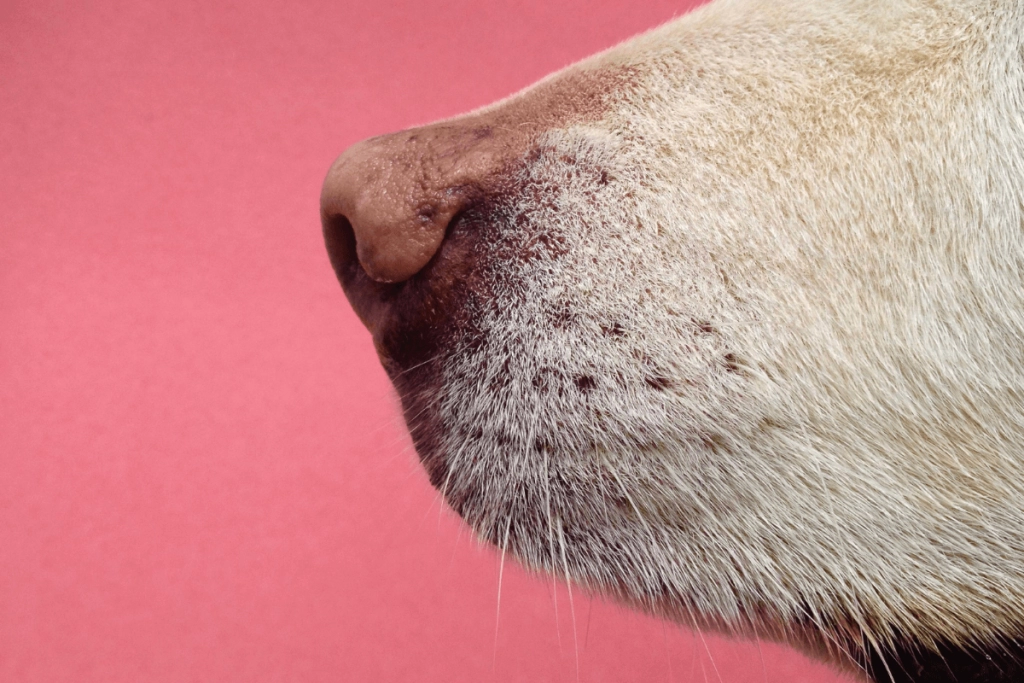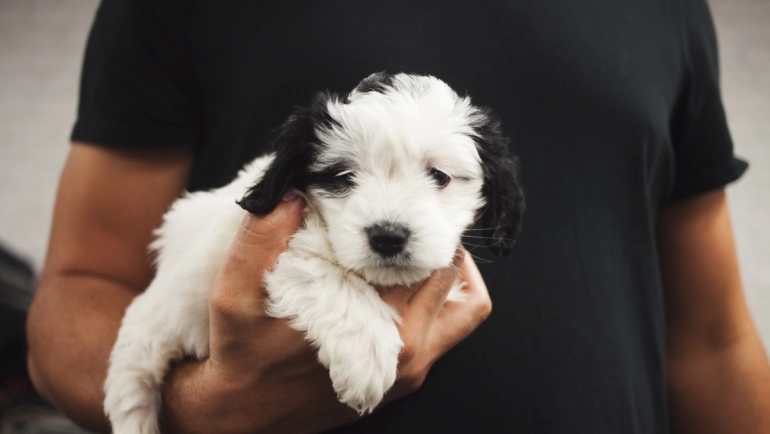104Views

Unveiling the Superpower of a Dog’s Nose
Every dog owner knows the irresistible urge to boop that wet, curious black button perched on their furry friend’s face.
But the canine nose is far more than just an adorable target for affection; it’s a sensory superpower, unlocking a world beyond our human imagination.
Let’s embark on a fascinating journey into the remarkable world of the dog’s nose, sniffing out its secrets and appreciating its incredible capabilities.
Millions of Molecules, Decoded
Compared to our measly 6 million, a dog’s nose boasts a staggering 300 million olfactory receptors.
This translates to an olfactory world 40 times richer, allowing them to detect scents at parts-per-trillion concentrations – imagine sniffing out a single drop of water in an Olympic-sized swimming pool!
Their noses are like intricate chemical laboratories, analyzing every inhaled molecule, painting a detailed picture of their environment.
The Secret Weapon: Beyond Breathing
Unlike humans, who use the same passage for smelling and breathing, dogs have a special trick up their furry sleeves.
A fold of tissue called the “nasopalatine duct” channels air directly to the olfactory region, separating scent detection from respiration.
This allows them to sniff continuously, gathering even the faintest whiffs while still breathing efficiently.
Read More: Why Dogs Have Tails?
More Than Just Smelling: A World in 3D
Their remarkable noses don’t stop there. Dogs can actually smell in 3D, using their nostrils like dual antennas to pinpoint the exact location of an odor.
This incredible ability comes in handy for hunting, sniffing out hidden treats, and even detecting medical conditions through subtle changes in body odor.
The Power of Moisture
The ever-so-boop-able wetness of a dog’s nose serves a crucial purpose. The mucus layer acts as a sticky trap, capturing scent molecules for analysis.
Licking their noses also helps transfer these captured scents to the vomeronasal organ, a special olfactory detector, further enhancing their scent perception.
Specialized Sniffers

While all dogs possess this incredible olfactory power, some breeds have taken it to another level. Bloodhounds, with their long, droopy noses, have an increased surface area for scent capture.
Beagles, known for their tenacious tracking skills, possess an especially sensitive vomeronasal organ. Each breed’s unique nose shape and olfactory prowess reflect their specific roles and instincts.
Respecting This Remarkable Organ
Next time you reach for that boop, remember the incredible world your dog experiences through their nose. Be mindful of irritants like strong perfumes or smoke, and allow them ample sniffing time during walks.
Their noses are not just cute; they’re essential tools for understanding their world and connecting with us.
By appreciating the power of a dog’s nose, we forge a deeper bond with our canine companions, unlocking a world of wonder and enriching their lives through scent exploration.
So, the next time you see that wet, curious button, resist the urge to boop and instead, marvel at the amazing superpower housed within!
Unhealthy Dog Nose Signs
If you notice any changes in your dog’s nose, it’s essential to consult with a veterinarian for a proper diagnosis and advice. A healthy dog nose is typically moist and cool. Here are some signs of an unhealthy dog nose that may warrant a vet visit:
- Dry or Cracked Nose: A consistently dry or cracked nose may indicate dehydration or other health issues. Dogs’ noses can vary in moisture, but a drastic change is worth investigating.
- Warm or Hot Nose: Contrary to the popular belief that a warm nose indicates illness, the temperature of a dog’s nose can fluctuate throughout the day. However, persistent warmth might be a sign of a fever or infection.
- Runny Nose: A runny nose can be a sign of respiratory infections, allergies, or other health problems. Discharge that is green or yellow may suggest infection.
- Nasal Discharge: Any unusual or foul-smelling discharge from the nose could be a sign of infection or other issues.
- Swelling or Sores: Swelling, sores, or lumps on or around the nose may indicate an injury, infection, or even a tumor.
- Nasal Bleeding: If your dog’s nose is bleeding, it could be due to various reasons such as trauma, foreign objects, or underlying health issues.
- Changes in Color: A change in the color of the nose, especially if it turns pale or yellow, might indicate a health problem.
Remember that a dog’s nose can change based on factors like weather, hydration, and overall health. However, if you observe persistent or severe changes, it’s crucial to seek veterinary attention. Only a veterinarian can provide an accurate diagnosis and recommend appropriate treatment if needed.


